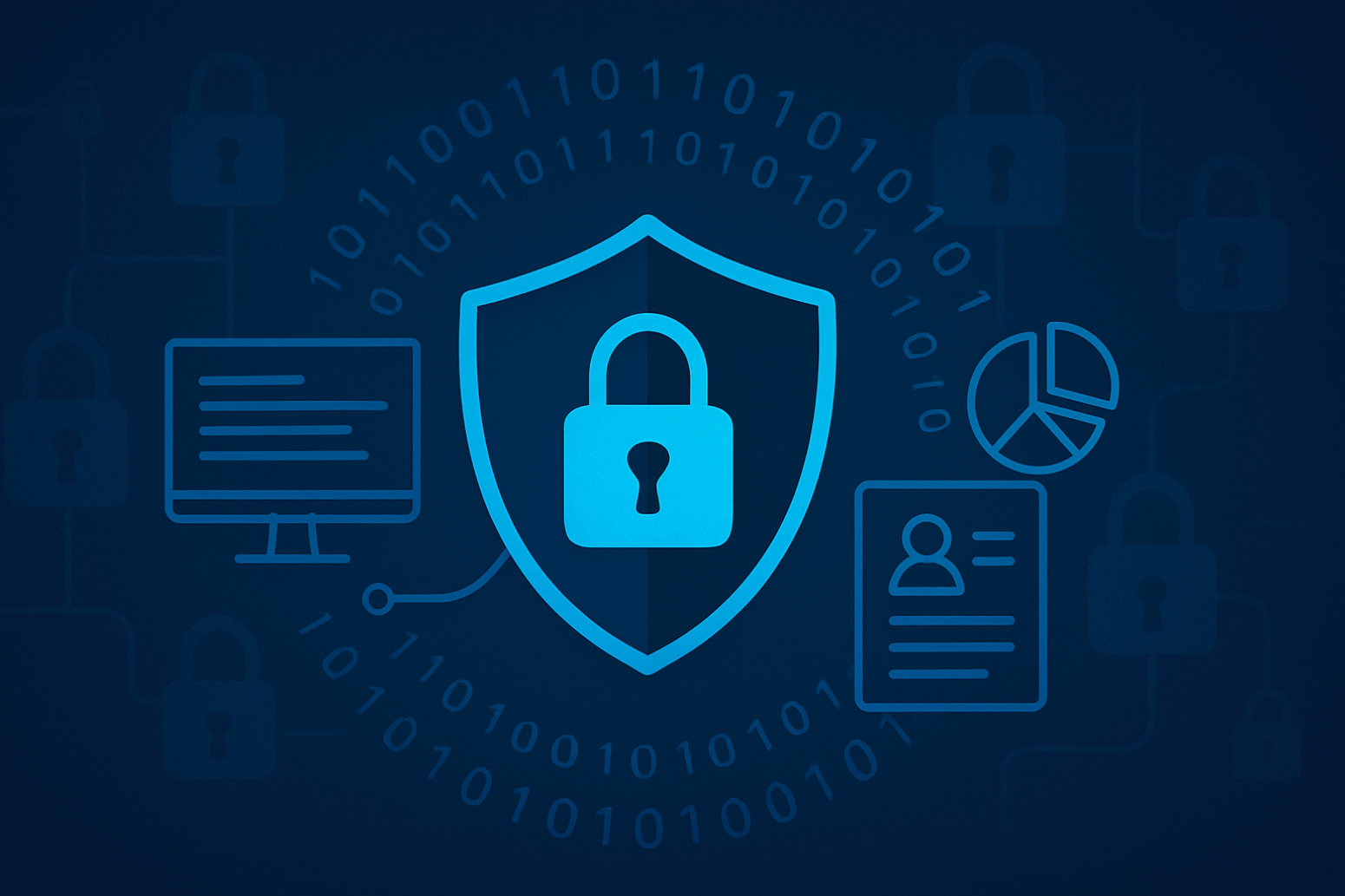Introduction
This cyber-threat operates with remarkable patience. Unlike ransomware, which causes immediate disruption, this attack unfolds silently over years, aiming to inflict devastating harm long after the initial breach.
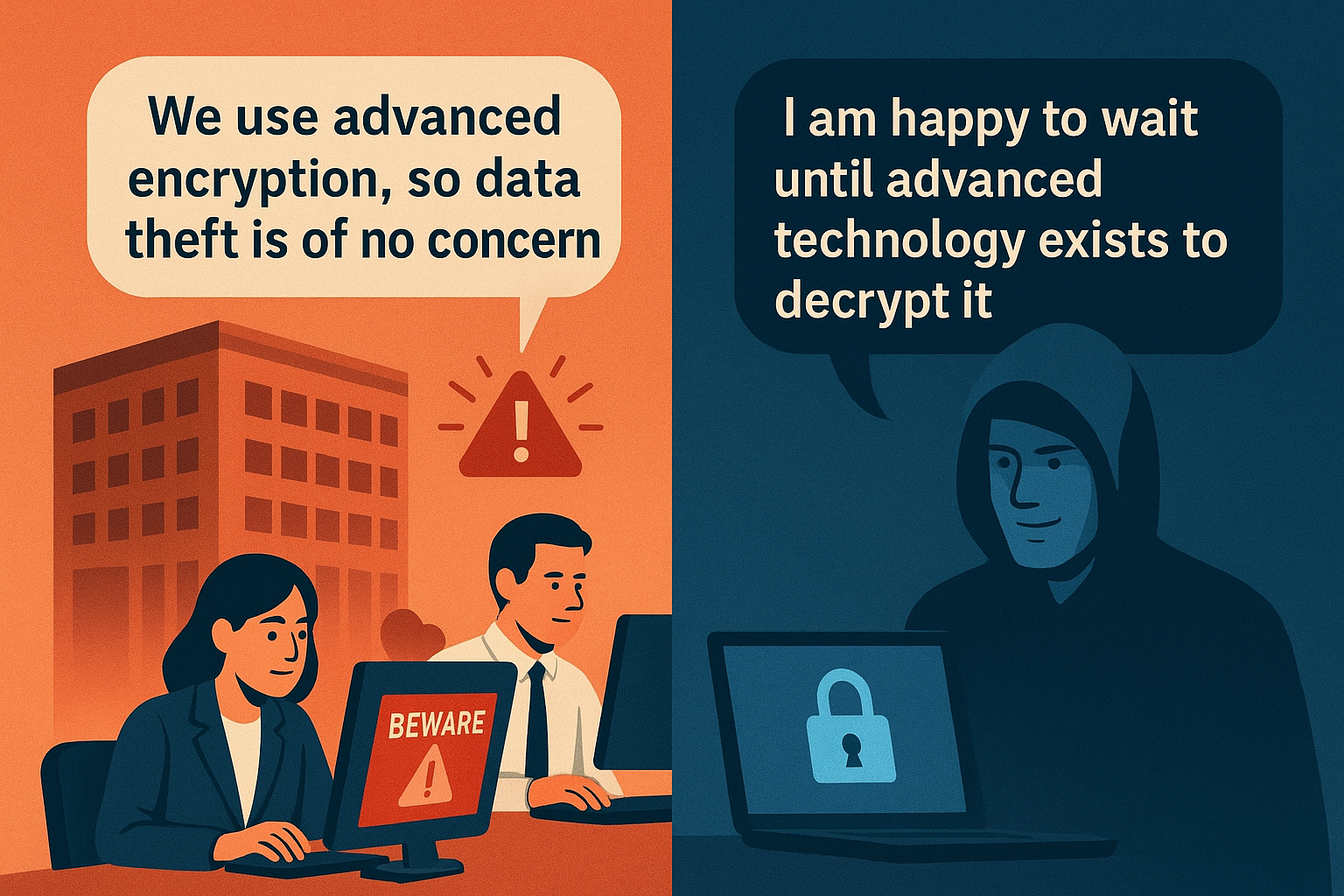
What is a "Harvest Now, Decrypt Later" Attack?
Attackers steal encrypted data today with the intention of decrypting it in the future. They're betting that future technological advances will let them crack today's encryption.
-
The "Harvest": Attackers infiltrate networks and steal encrypted data—intellectual property, financial records, source code. Because data remains encrypted and unchanged, the breach often goes unnoticed.
-
The "Wait": Stolen data is stored for years (5, 10, or 15+).
-
The "Decrypt Later": Once computing power advances sufficiently, attackers unlock all harvested secrets.
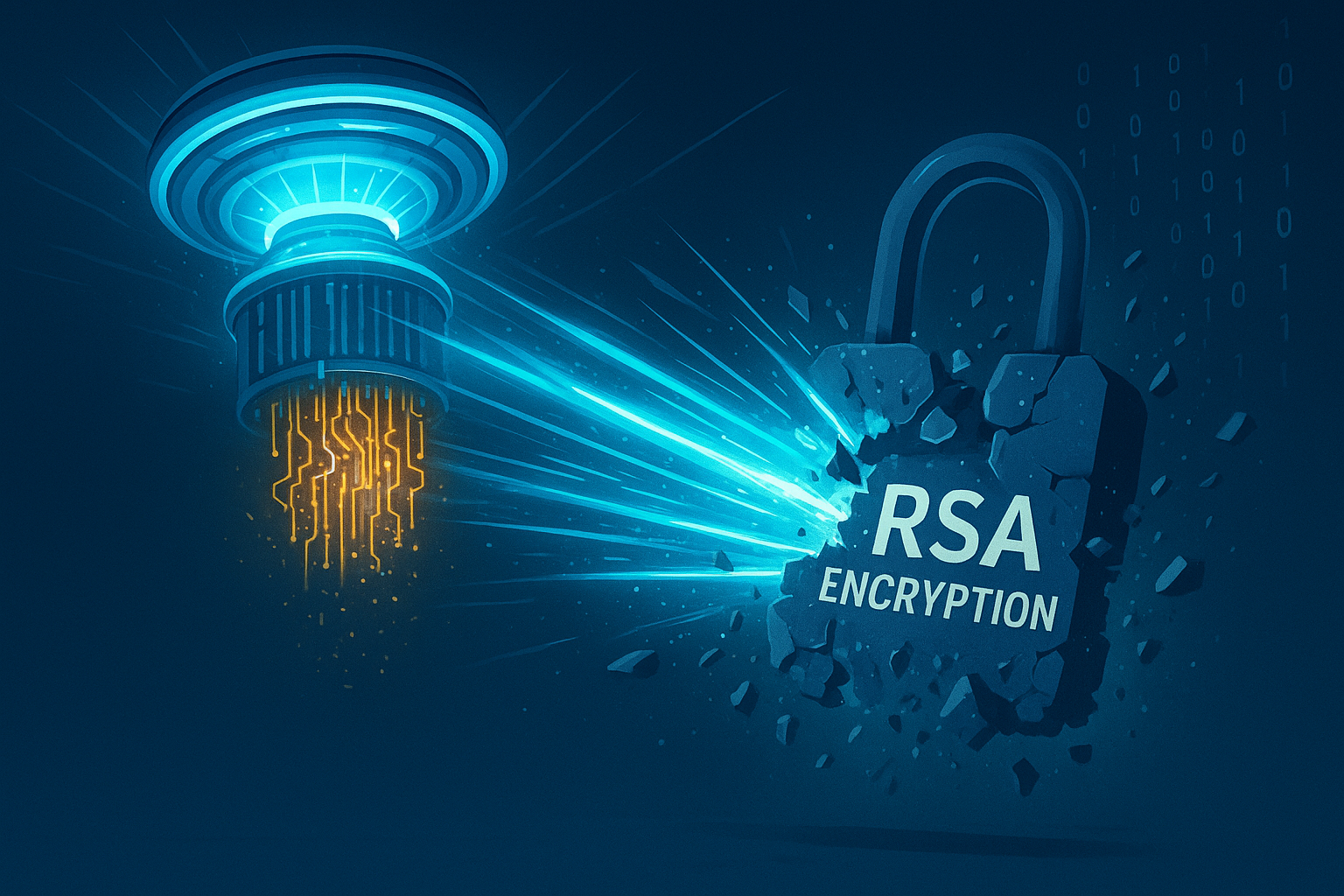
PROOF THIS IS REAL: The Yahoo 2013 Case Study
This isn't theoretical—it's already happened with classical computing:
-
2013: Attackers stole data containing MD5-hashed passwords from 3 billion Yahoo accounts
-
The "Wait": Attackers held the data for 3 years as computing power advanced
-
2016: With new GPU technology (NVIDIA Tesla P100), they could crack hashes 6x faster than in 2013
-
Result: Passwords that would have taken months to crack in 2013 took only hours in 2016
The Lesson: If attackers did this with MD5 hashes, they're certainly doing it with encrypted data they plan to crack with quantum computers.
Yahoo used MD5 hash till 2013

Yahoo officially stated it hashing details after attack and disclosed what on new hash they were moving. (not a smart move to disclose configuration and other details publicly)
Advancements in computing power by 2016 outpaced the security assumptions behind MD5. Brute-forcing MD5 hashes—which was difficult and often infeasible before 2016—became significantly easier due to faster CPUs and GPUs.
MD5 Hash Cracking:
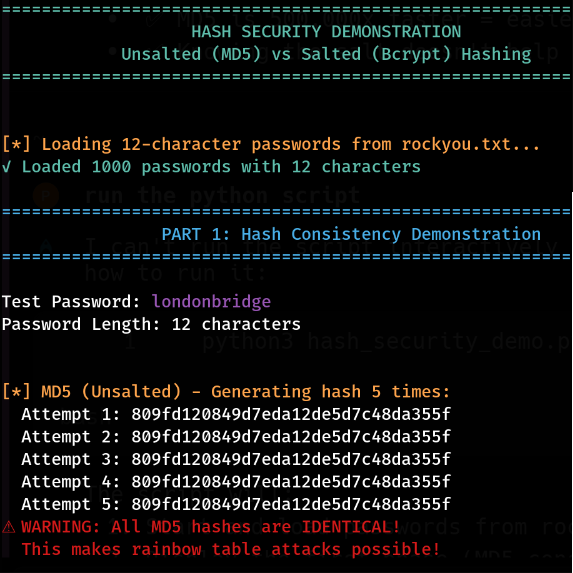
Since MD5 is deterministic, the same input string always produces the same hash. This predictability wasn’t considered a major security issue until around 2016, because brute-forcing MD5 at scale wasn’t feasible with the computing power available at that time. However, as GPUs and parallel processing technology rapidly improved, brute-forcing MD5 became significantly easier, exposing its weakness.

When the same string is hashed using bcrypt, a different hash is generated each time because bcrypt automatically applies a unique salt. This design makes brute-forcing far more difficult, since attackers cannot rely on precomputed tables or reused hash patterns. However, even salted hashes are not ‘unbreakable’—advances in computing power may still speed up brute-force attempts in the future, although bcrypt’s adaptive cost factor makes it able to resist new hardware much better than MD5.
Looking into rainbow table with leaked database password hash.
MD5 stolen Credentials
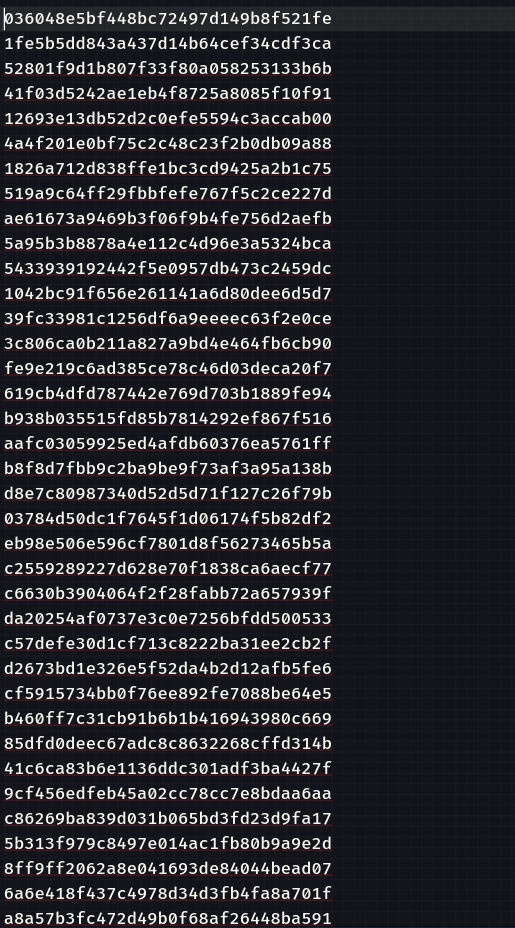
A rainbow table is a precomputed lookup table used to reverse cryptographic hash functions. It contains hash values for a massive set of possible passwords, often millions or billions of combinations. When an attacker obtains a list of password hashes (e.g., from a breached database), they can simply search for each hash within the rainbow table. If a match is found, the corresponding plaintext password is immediately revealed. This method is highly effective against unsalted hashes like MD5, where the same password always generates the same hash.
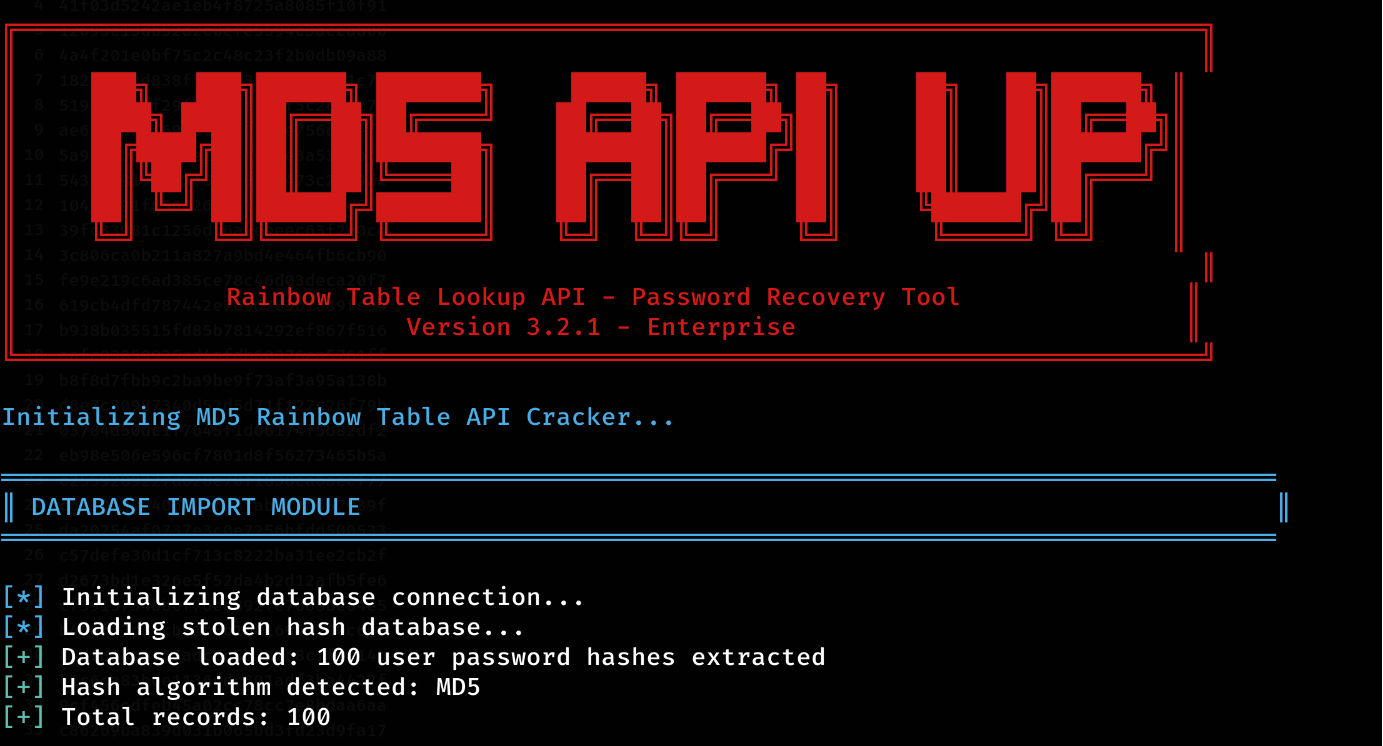
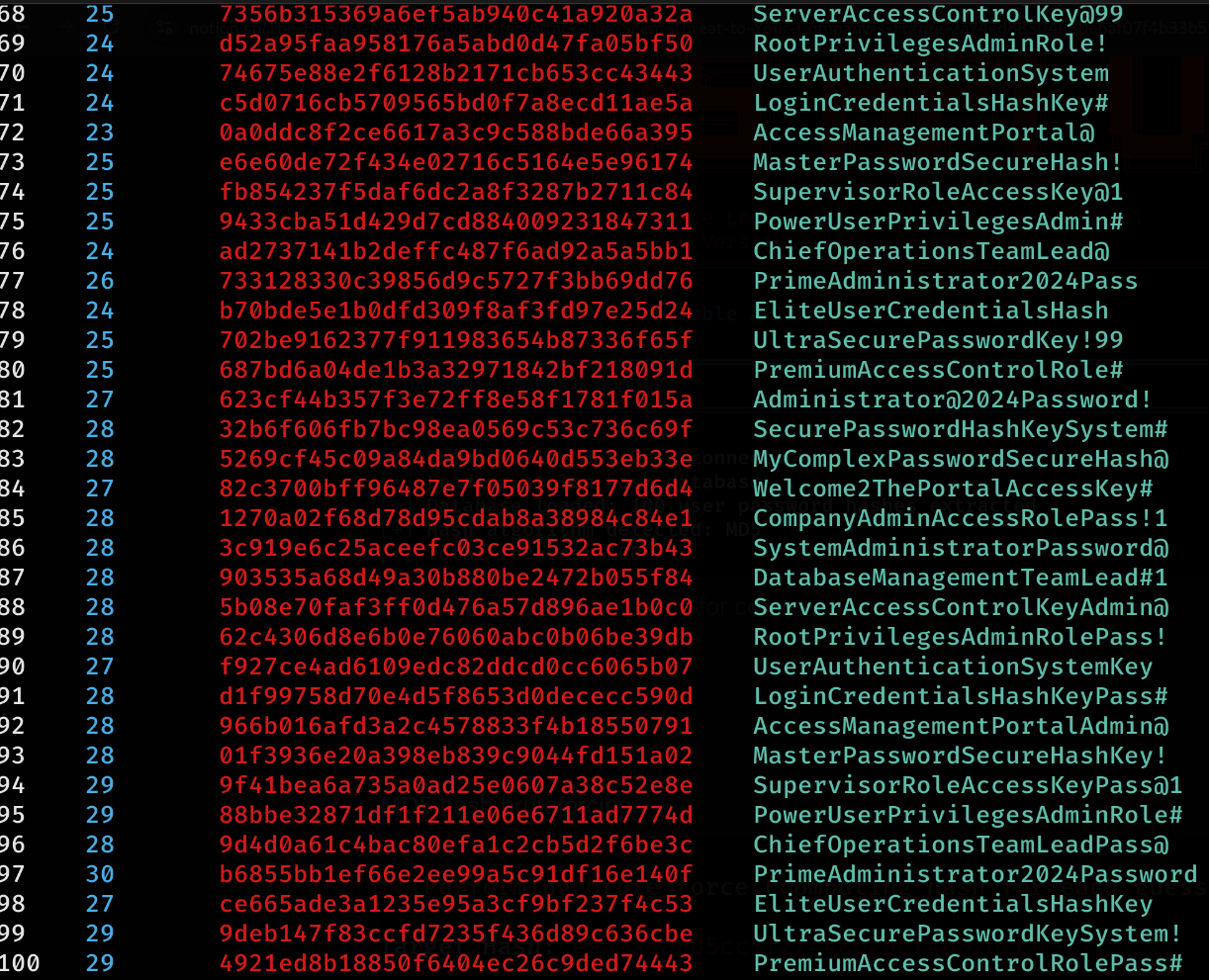
Brute-forcing an MD5 hash is a straightforward attack where attackers systematically generate and hash billions of potential passwords per second, comparing each result against a stolen hash until a match is found. This process is devastatingly effective against MD5 because the algorithm is inherently fast and lacks modern security features like a built-in cost factor to slow down computations. As a result, even moderately complex passwords that were once considered secure can be rapidly cracked with modern GPU power, rendering MD5-hashed passwords virtually defenseless against a determined brute-force assault
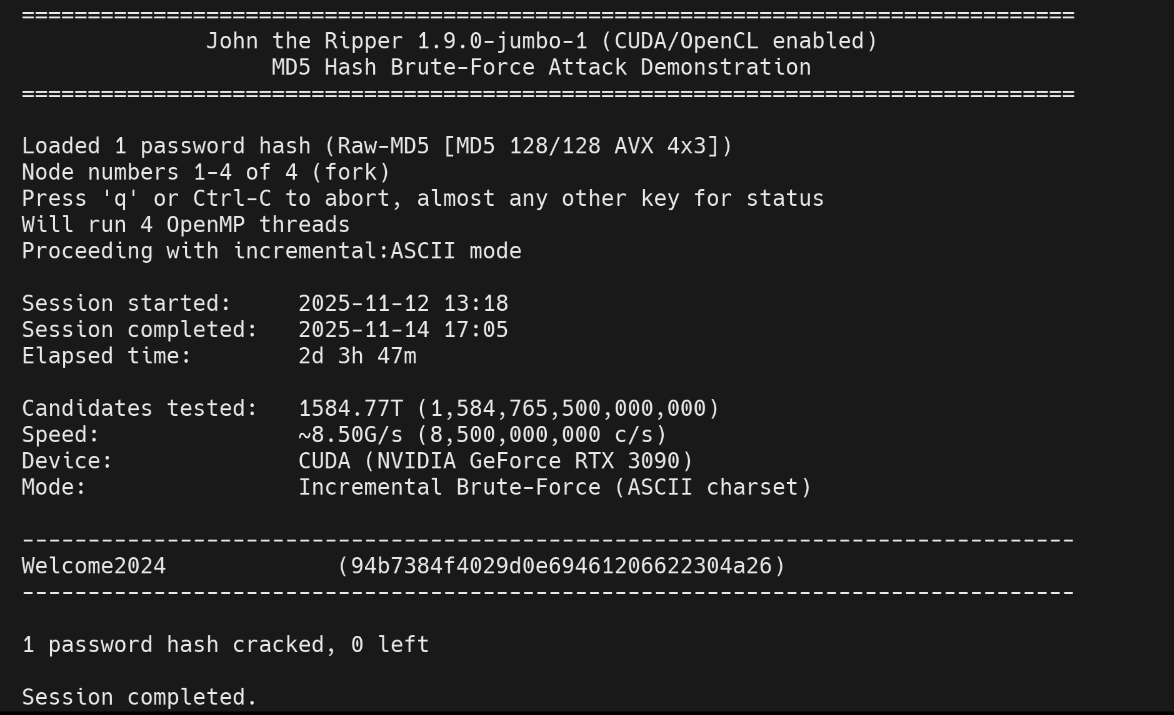
Here are some more outdated Hash and encryption
| Algorithm Type | Algorithm(s) | Status in 2025 | Key Vulnerabilities | Notes/Recommendations |
| Hashing Algorithms | MD5 | Deprecated | Collision attacks, no salting | Replace with SHA-2 family (SHA-256+) or SHA-3 |
| SHA-1 | Deprecated | Collision vulnerabilities | No longer recommended for digital signatures | |
| Symmetric Encryption | DES | Deprecated | 56-bit key too short, brute force | Use AES (128/256-bit keys) |
| 3DES (Triple DES) | Deprecated | Limited security margin, slow | Phasing out in favor of AES | |
| Blowfish, Twofish | Legacy | Older design, less preferred | AES preferred | |
| Asymmetric Encryption | RSA (below 2048-bit key sizes) | Deprecated | Susceptible to brute force, quantum threats | Use RSA 3072+ bits or post-quantum cryptography |
| Diffie-Hellman (DH) <2048-bit | Deprecated | Vulnerable to discrete log attacks | Larger keys or post-quantum algorithms | |
| Digital Signature Algorithm (DSA) | Deprecated | Weak signature schemes | Transition to safer variants or post-quantum | |
| Transport Layer Security (TLS) | SSL 2.0, SSL 3.0, TLS 1.0, TLS 1.1 | Deprecated | Known protocol flaws and vulnerabilities | Use TLS 1.2 or TLS 1.3 |
| Other | RC4 | Deprecated | Biased output, cryptanalysis attacks | Avoid in all modern systems |
| PKCS#1 v1.5 padding for RSA | Deprecated | Vulnerable to padding oracle attacks | Use OAEP padding for RSA |
The Gateway for Harvesters: Downgrade Attacks
To execute a "Harvest Now, Decrypt Later" attack, the adversary first needs to get in. One of the most insidious methods they use is a downgrade attack, which actively weakens your defenses to create an entry point.
A downgrade attack is a strategic maneuver where an attacker forces a communication channel—such as your web browser connecting to a server—to abandon its modern, secure protocols and revert to an older, weaker version. This exploits a system's backward compatibility, effectively tricking it into using a broken lock on the door that the attacker already knows how to pick.
Think of it as a con artist convincing a bank to temporarily switch from a digital keypad back to a simple mechanical lock from the 1980s, which they can easily bypass. The bank (your system) still feels protected, but the protection is an illusion.
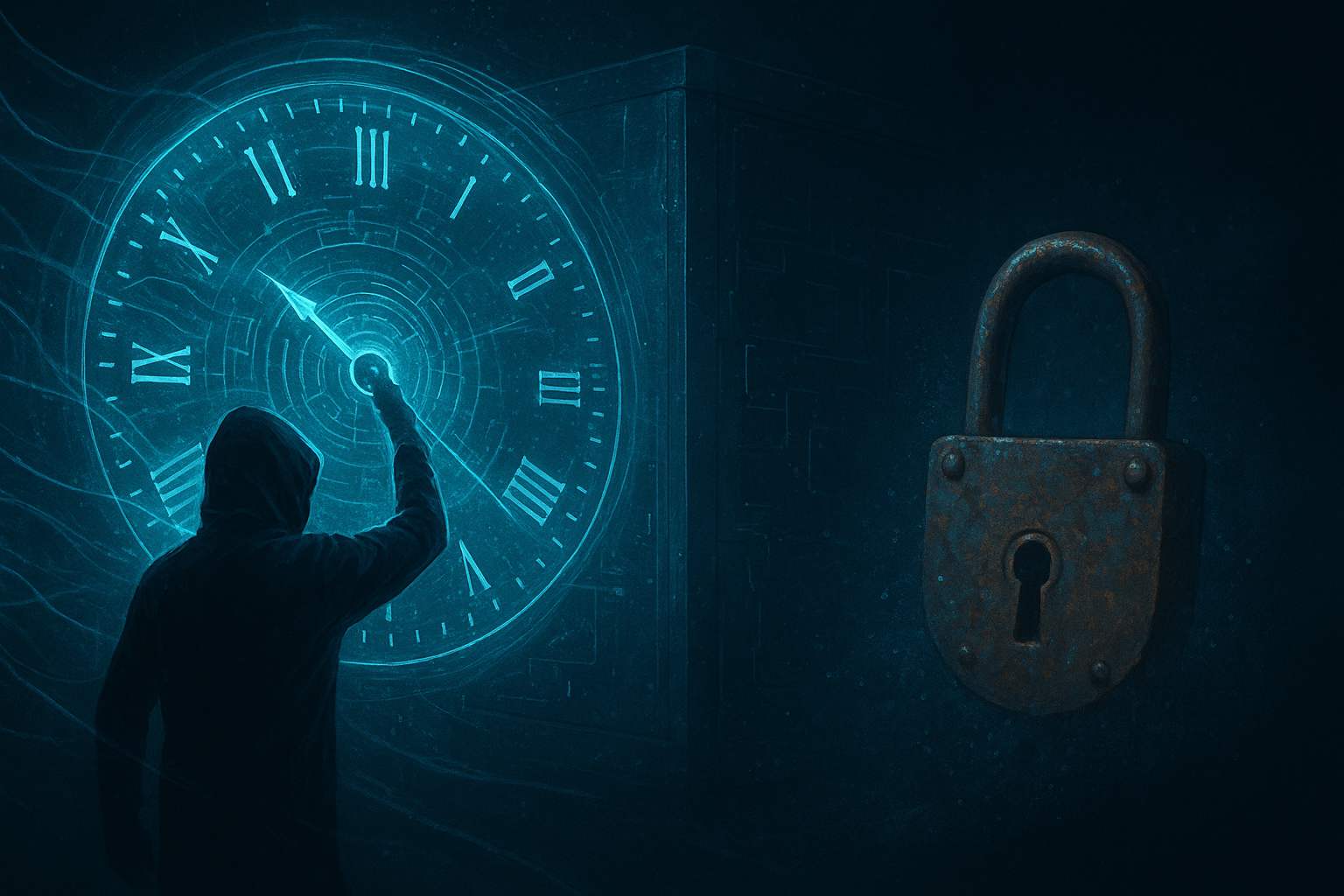
How It Fuels the "Harvest":
These attacks are a perfect enabler for data harvesting because they are stealthy and effective. By downgrading the connection, an attacker can:
-
Intercept Encrypted Data: They can weaken the encryption to a point where it is either immediately breakable or, more pertinently, easily recorded for future decryption. The stolen data is already protected by a cipher they plan to crack later.
-
Remain Undetected: Because the connection is still technically "encrypted," though with a weak algorithm, the breach often doesn't trigger security alarms. The data exfiltration can proceed silently over time.
Famous examples like the POODLE attack forced systems to use the vulnerable SSL 3.0 protocol, while the FREAK attack downgraded encryption to use intentionally weak "export-grade" keys that are trivial to break with modern computing power
List of Major Downgrade Attacks
1. TLS/SSL Protocol Downgrade
| Attack Name | Protocol/Versions Targeted | What Data It Can Leak |
| POODLE (Padding Oracle On Downgraded Legacy Encryption) | Forces a downgrade to SSL 3.0 | Session cookies, authentication tokens, and any sensitive data transmitted in the encrypted session. Allows decryption of the connection. |
| FREAK (Factoring RSA Export Keys) | Forces a downgrade to RSA Export-Grade Ciphers (512-bit) | Any sensitive data (passwords, session data) transmitted over the TLS connection. The weak encryption can be broken in hours. |
| Logjam | Downgrades the Diffie-Hellman key exchange to 512-bit export grade. | The symmetric session key, leading to the decryption of the entire session's data. |
| DROWN (Decrypting RSA with Obsolete and Weakened eNcryption) | Attacks servers that support SSLv2. | The session key, allowing for the decryption of current, modern TLS connections to that server. |
| CRIME (Compression Ratio Info-leak Made Easy) | Exploits TLS-level compression (deflate). | Session cookies and other secret tokens embedded in requests by analyzing the compressed size. |
| BREACH (Browser Reconnaissance and Exfiltration via Adaptive Compression of Hypertext) | Exploits HTTP-level compression (gzip). | CSRF tokens, email addresses, and other sensitive data reflected in the HTTP response body. |
2. Encryption Cipher Suite Downgrade
| Attack Name/Vulnerability | Cipher Suite Targeted | What Data It Can Leak |
| RC4 Attacks | Forces the use of the RC4 stream cipher. | The plaintext of encrypted messages, including potentially session cookies and passwords, due to biases in the RC4 keystream. |
| CBC Mode Weaknesses | Forces the use of Cipher Block Chaining (CBC) mode ciphers with predictable IVs (as in SSL 3.0/TLS 1.0). | The plaintext of individual blocks within the encrypted session, potentially revealing structured data. |
3. HTTP/HTTPS Protocol Downgrade
| Attack Name | Mechanism | What Data It Can Leak |
| SSL Stripping (a type of MITM attack) | Intercepts the initial HTTP request and prevents the upgrade to HTTPS. All communication remains in plain HTTP. | Everything: Passwords, session cookies, personal data, credit card numbers, and all form submissions. |
| HSTS Bypass (theoretical) | Attacks the first-ever visit to a site or uses a malicious certificate to bypass HSTS. | All sensitive data, as it can force an initial connection to be HTTP or present a fake HTTPS site. |
4. Wi-Fi Security Downgrade (WPA/WEP)
| Attack Name | Protocol Targeted | What Data It Can Leak |
| WPA/WPA2 Downgrade to WEP | Forces a Wi-Fi network to use the ancient and broken WEP protocol. | The Wi-Fi network key and all data transmitted over the network. WEP can be cracked in minutes. |
| KRACK (Key Reinstallation Attacks) | Targets the WPA2 4-way handshake, forcing nonce reuse.. | The symmetric encryption key, leading to the decryption of all data traversing the Wi-Fi network. |
5. Authentication & Application-Level Downgrade
| Attack Name/Area | Protocol/Mechanism Targeted | What Data It Can Leak |
| NTLMv1 Downgrade | Forces Windows authentication to use the weak NTLMv1 instead of NTLMv2 or Kerberos. | The user's password hash, which is much easier to crack or relay to other systems for unauthorized access. |
| SMB Version Downgrade | Forces a connection to use SMBv1, which is vulnerable to attacks like EternalBlue. | File shares, and can lead to remote code execution, compromising the entire system. |
| DNS Downgrade | Intercepts and spoofs DNS responses to prevent the use of DNSSEC. | Can redirect users to fake, malicious versions of websites, leading to the theft of all credentials entered there. |
| SSH Downgrade | Forces the use of weak SSH algorithms (e.g., CBC mode ciphers, weak HMACs). | The contents of the SSH session, including commands executed and their outputs. |
This section presents the results of a vulnerability scan that was conducted for a major investing firm to verify the encryption mechanisms in use and identify any legacy or insecure algorithms.
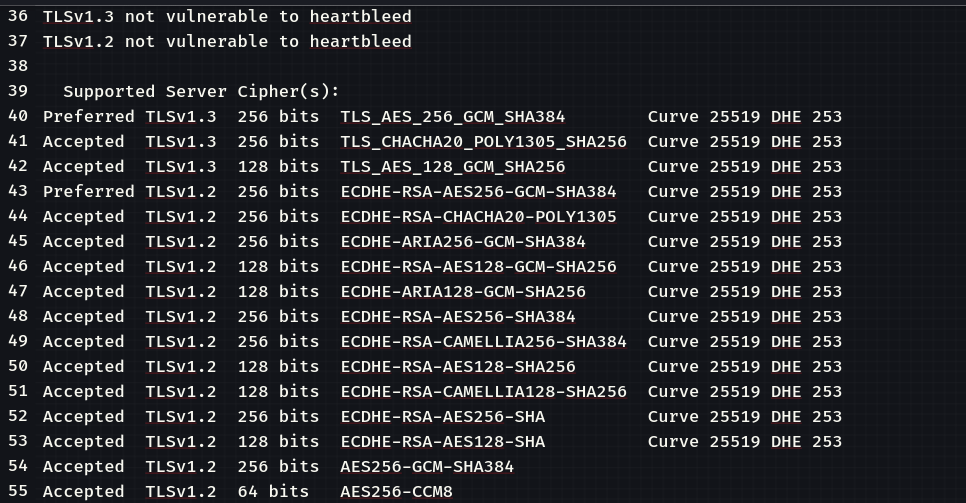
What makes this alarming?

Who is a target?
Any organization with data that holds long-term value is a target. This includes:
-
Businesses with proprietary formulas, manufacturing processes, or R&D data.
-
Financial institutions with long-term strategic forecasts and trading algorithms.
-
Law firms with sensitive, sealed legal documents.
-
Healthcare organizations with private patient data and medical research.

The Essential Mitigation A Proactive Defence Framework
The key to countering this threat is to act now, while the data is still securely encrypted and within your control. A robust defense rests on three pillars:
1. Prevent the Initial Breach: Fortify Your Digital Perimeter
The most effective way to stop data harvesting is to make it incredibly difficult for attackers to get in and steal it in the first place. This is achieved through foundational cybersecurity hygiene:
-
Vulnerability Management: Regularly identifying and patching security gaps in systems and software closes the doors attackers most commonly use.
-
Secure Configuration: Ensuring that critical systems like email (through protocols like DMARC, DKIM, and SPF) and network infrastructure are properly configured to prevent spoofing and unauthorized access.
-
Supply Chain Security: Assessing the security posture of third-party vendors, as they are often a weak link used to gain access to your network.
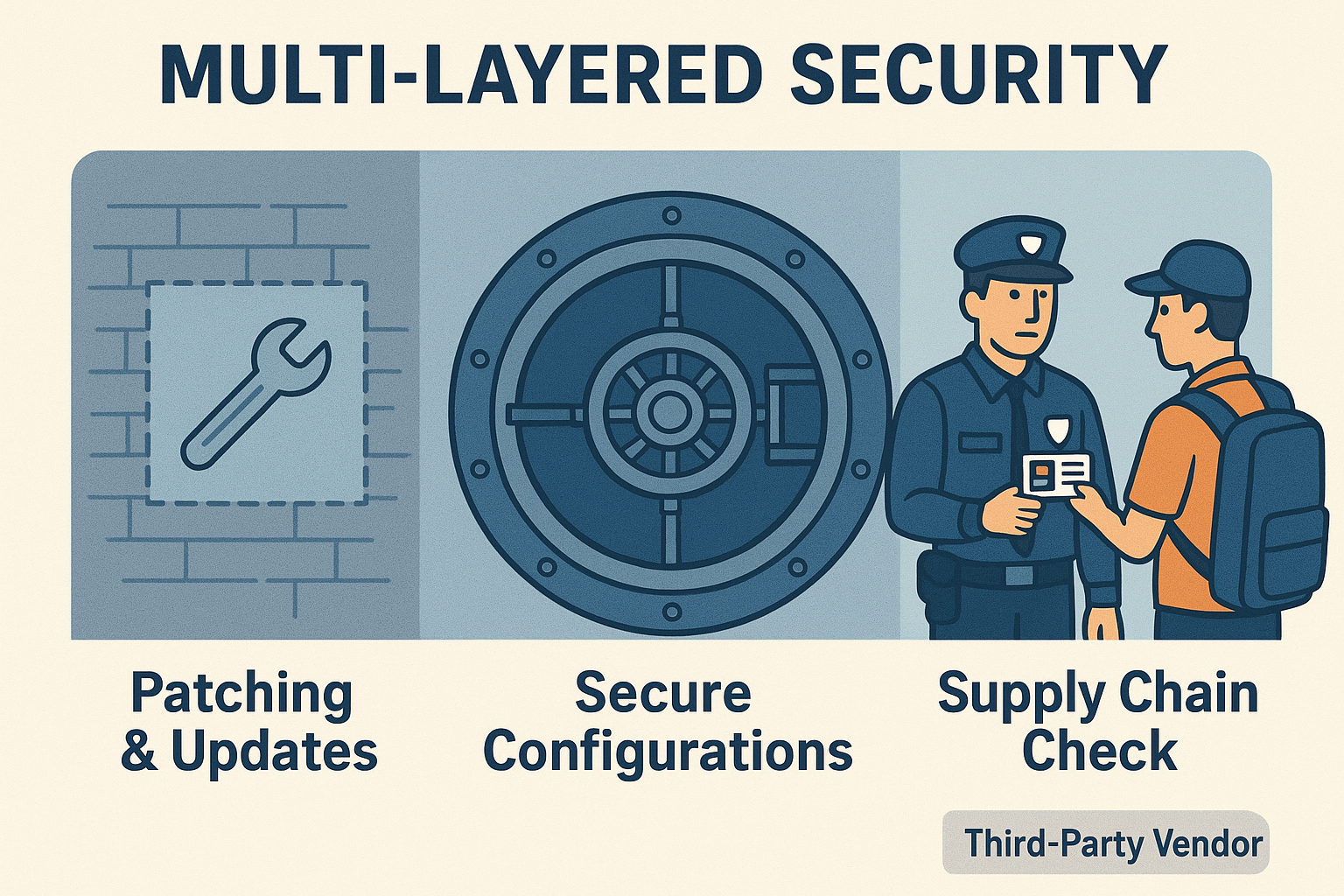
2. Detect the Silent Theft: Assume "They Are Already In"
Given the stealthy nature of these attacks, organizations must enhance their ability to detect anomalous activity that indicates data is being gathered for exfiltration.
-
Continuous Infrastructure Monitoring: Maintaining real-time oversight of networks, IPs, and web applications can uncover subtle signs of data movement that would otherwise go unnoticed.
-
Code and Secret Scanning: Proactively scanning internal and third-party code repositories can detect accidentally exposed API keys, credentials, or other "secrets" that attackers actively hunt for.
-
Threat Intelligence Monitoring: Monitoring the dark web and other sources for signs of stolen employee credentials or corporate data provides an early warning that a breach may have occurred.
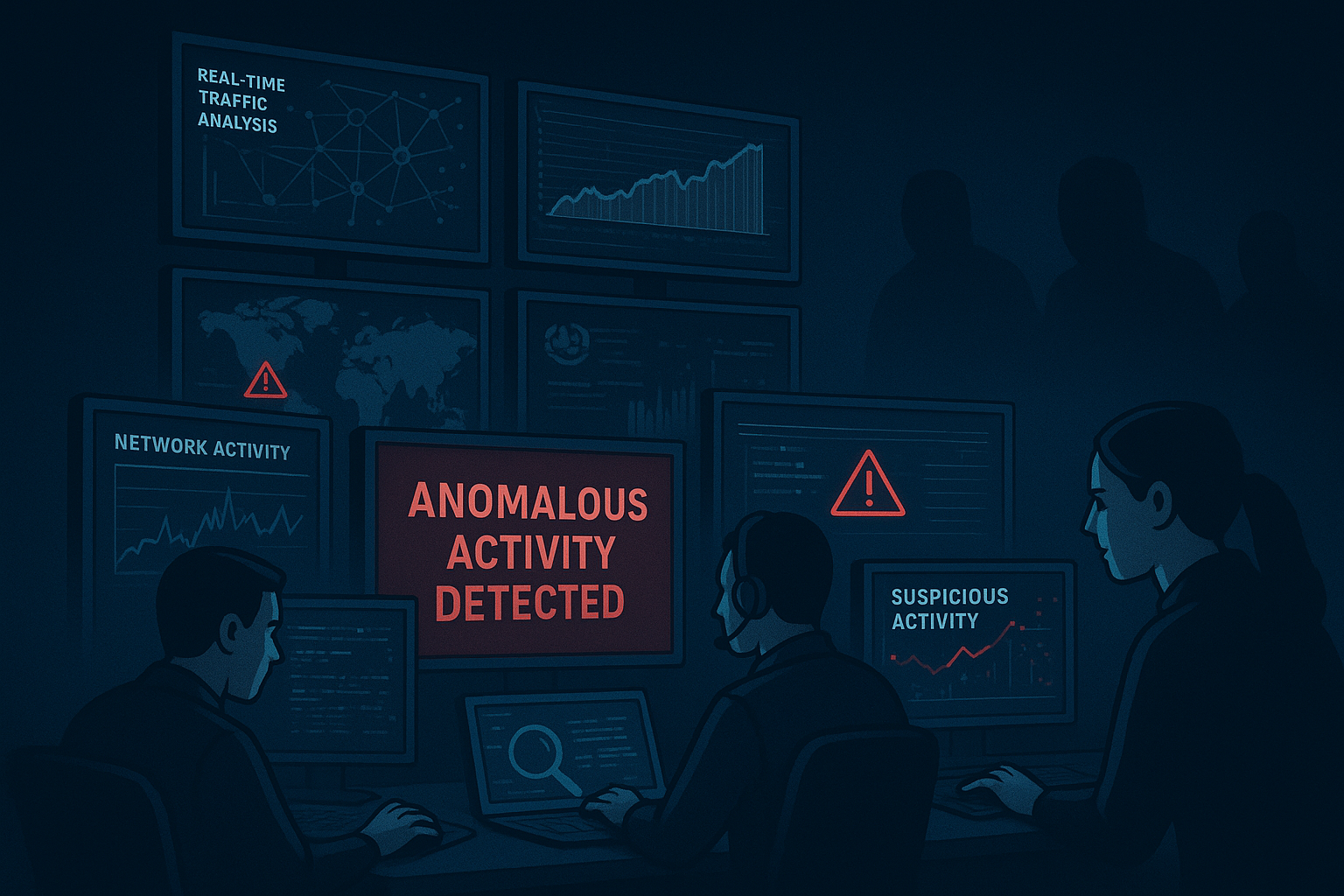
3. Prepare for the Inevitable: Plan the Cryptographic Transition
The "decrypt later" part of the threat requires a long-term cryptographic strategy.
-
Crypto-Agility: Begin planning for the migration to Post-Quantum Cryptography. This starts with creating an inventory of where and how encryption is used across your organization to understand the scope of the future transition.

Conclusion: Learning from the Past to Protect the Future
The Yahoo 2013 breach demonstrated the "Harvest Now, Decrypt Later" strategy in action. Attackers waited for technology to catch up, then weaponized the data. Quantum computing represents the same threat pattern on a catastrophic scale.
The "Harvest Now, Decrypt Later" attack reframes cybersecurity from a reactive cost center to a proactive safeguard of your organization's future viability. By implementing a layered defense focused on prevention, detection, and future-proofing, businesses can protect their most valuable secrets—not just for today, but for the decade to come.
Disable outdated versions of TLS/SSL, remove support for weak ciphers, and configure your systems to reject any connection that doesn't meet a strong, modern security standard. By closing these legacy gateways, you force attackers to contend with your strongest defenses, making the initial "harvest" significantly more difficult.
references :
https://www.nist.gov/news-events/news/2025/02/quantum-research-ctl

